Novel catalytic materials towards a combined photo and electrochemical conversion of CO2 to methanol
January 2022 – December 2025
The negative impact of CO2 on climate change makes the decrease of anthropogenic CO2 emissions one of the
biggest scientific challenges our current generation faces. One possible solution is the direct photo- or
electrochemical conversion of CO2 to highly value-added products such as methanol, using merely H2O as proton
source and renewable electricity as driving force. However, in the current state-of-the-art these processes are not
productive or not selective enough. In this respect, photo-electrochemistry emerges as a highly promising
technique as it combines the advantages of photochemistry with those of electrochemistry. Electrochemistry allows
to attain high conversion rates as an external driving force is applied. Downside is the low selectivity.
Photochemistry is capable of achieving a high selectivity but at the expense of a low conversion rate. Photoelectrochemistry
combines the best of both worlds. Whereas this combined strategy has proven itself in the
production of hydrogen gas, no catalysts exist to this date that can efficiently convert CO2 into methanol. The goal
of this project is to develop active, selective and stable photo-electrocatalytic materials through a fundamental
understanding of their reaction mechanism and the material properties driving a successful and selective CO2
conversion.

